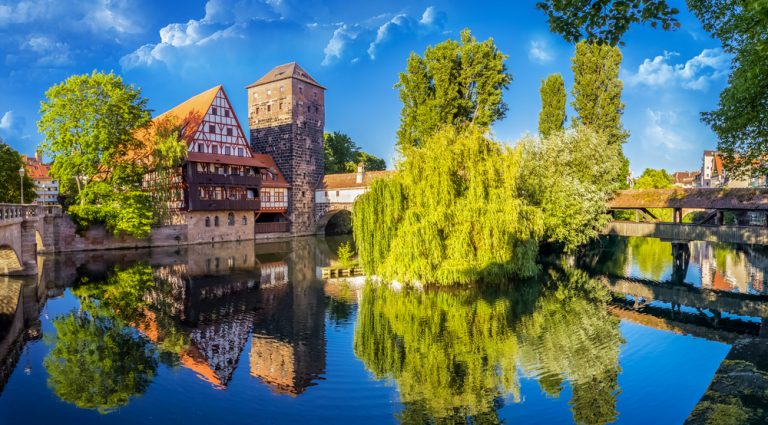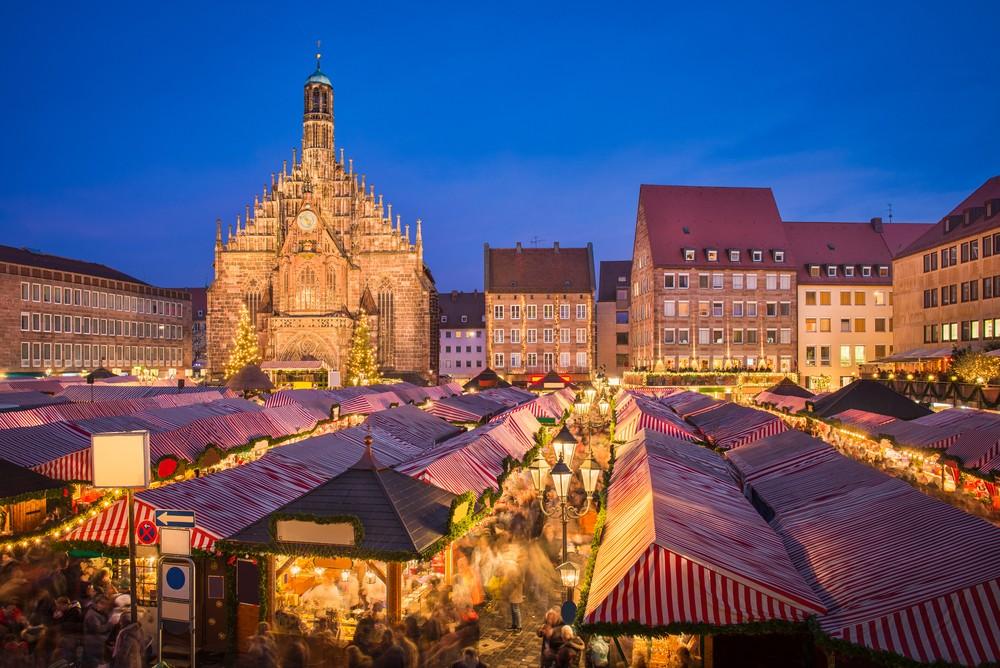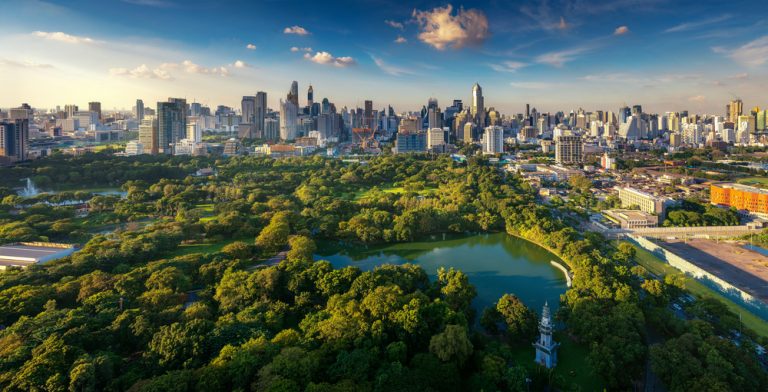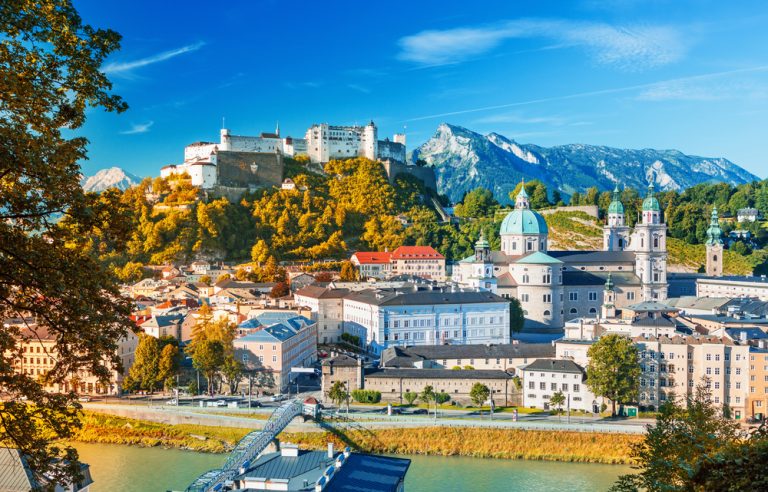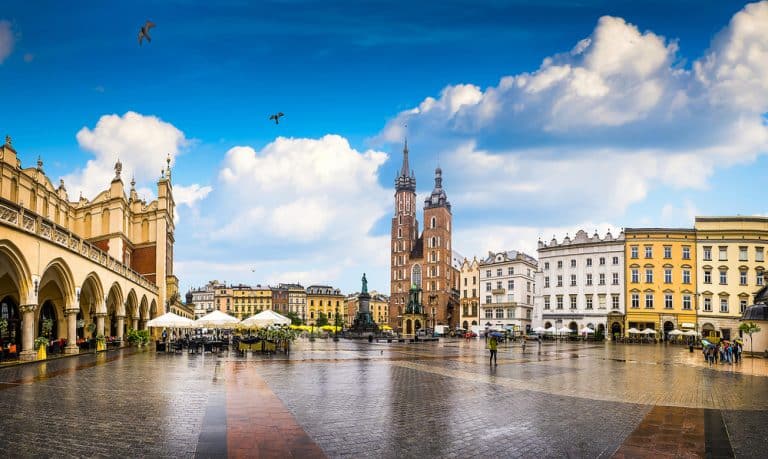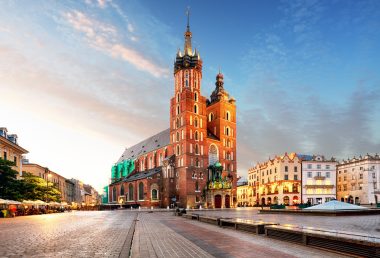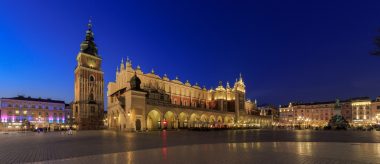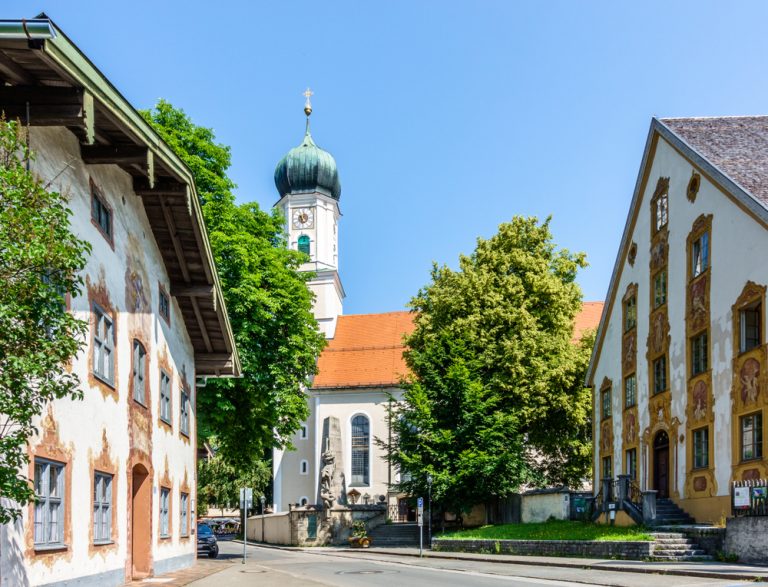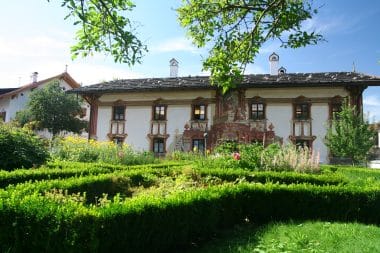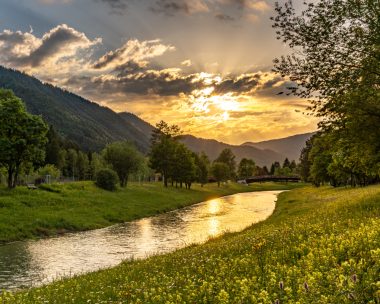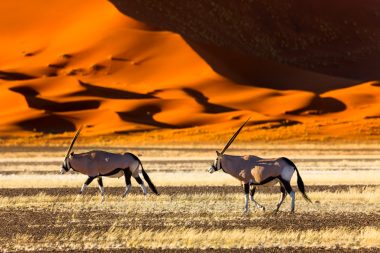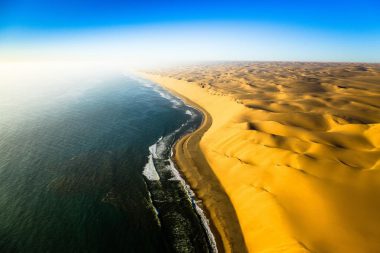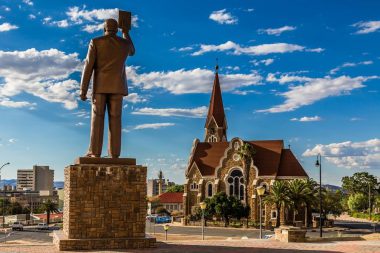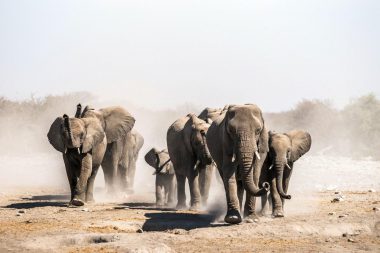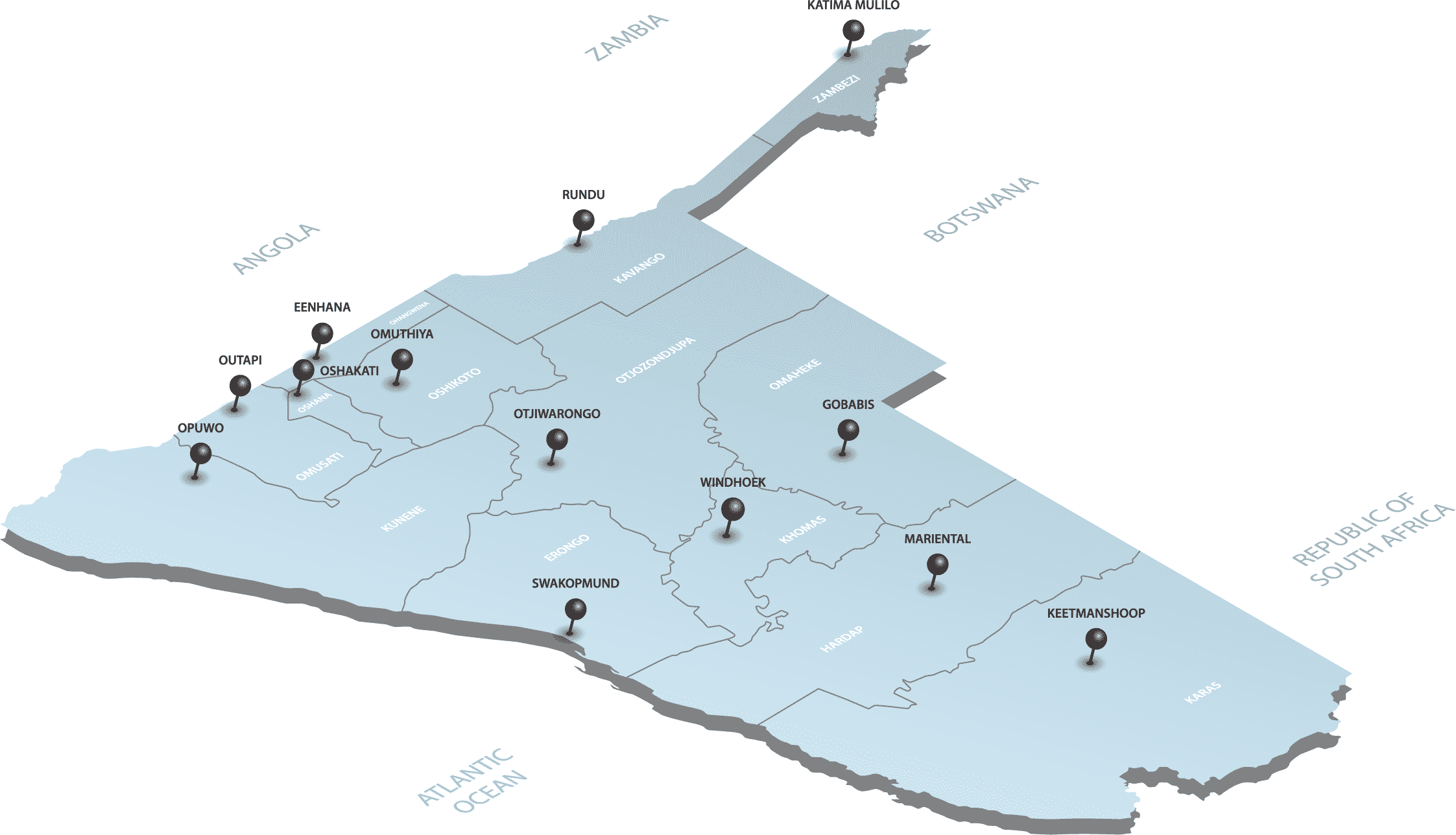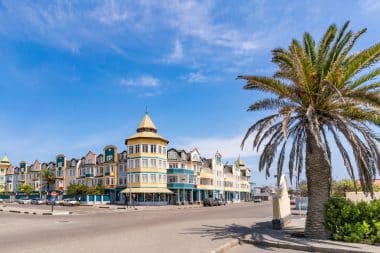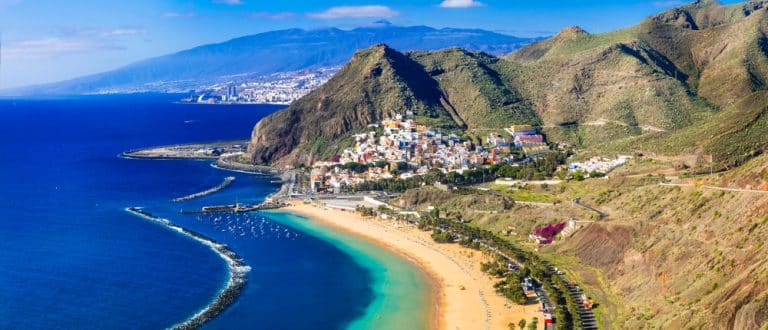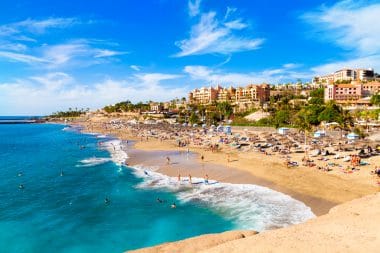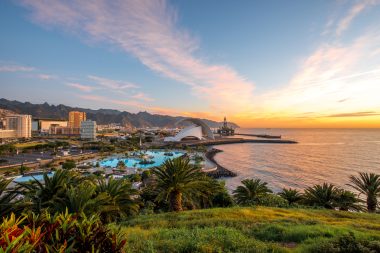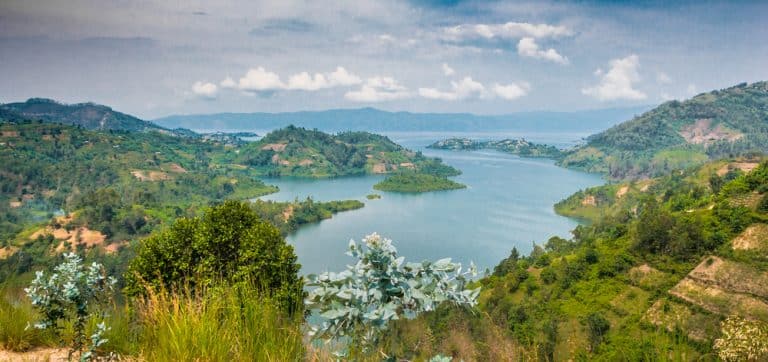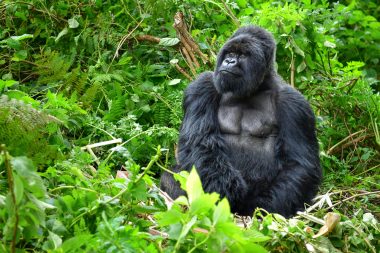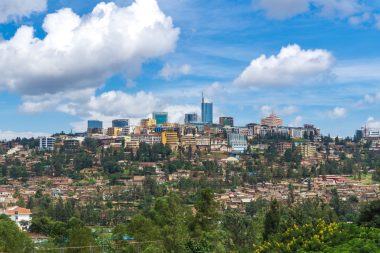No question: Paradise can hardly be more beautiful! Réunion is not just any island in the Indian Ocean – it is probably the most versatile. Anyone who stands on the summit of the two-thousand-metre-high Maido and looks down at the white beaches and the exciting coral gardens is undoubtedly an enviable person. Experienced mountain guides accompany holidaymakers to the volcanoes and many a Creole hums the enchanting anthem of this island on the way. She tells of the bourbon vanilla that once gave this island its name. “P’tit fleur fanée” – the product of a small fragrant flower made Réunion famous all over the world in the 19th century, because bourbon vanilla is considered one of the most expensive spices of all and is still an important export good.

This island is something like the French outpost in the waters of the Indian Ocean. It is manageable and has a land area roughly the size of Luxembourg. Since the end of the Second World War, Réunion has been designated as a department of the European motherland. Here you pay your bills in euros, and it is an advantage to know at least a few chunks of the French language if you stay in one of the beautiful hotels or resorts there. On the nautical charts, Réunion can be found two thousand kilometres away from the African continent, and it was the discoverers of the seafaring nation of Portugal who were the first to land here in the 16th century.
Rocky coasts and almost impenetrable rainforests can be found in the south of the island. Les Hauts and Saint-Joseph are a hiking area that is being visited by more and more holidaymakers because the flowering gardens extend to higher altitudes and where the island has retained its original appearance. The most impressive beaches are located on the west side of Réunion and invite you to take long walks on the fine black or white sand. The lagoons open up to the open sea where the coral banks are intact and where a colorful underwater world spreads. An interesting agricultural museum has been housed in a former factory in the centre of Saint Leu, where the story of coffee and sugar cane cultivation is told.

As a holidaymaker, you should not miss the cemetery of the seafarers. Among other things, the notorious pirate La Buse has been laid to rest on it. The buccaneer of the seas was brought before the judge in shackles on Réunion in 1730 and sentenced to death. But the poet Leconte Delisle, who put his lyrical verses on paper based on the model of ancient Greek tragedy, is also buried in the cemetery of the seafarers.
Many inhabitants of Réunion have lost their hearts to the sport of surfing. Dancing on and with the waves is their passion, because they find the best conditions for practicing their daring jumps off the coast of Saint Leu. A special speciality and part of the World Cup there is the “Left Wave”. At the Kélonia Centre, turtles are nursed back to health and later released on the beaches.
At Boucan Canot, water sports are at home in all its facets. There, a six-hundred-metre-long steel net protects holidaymakers from possible shark attacks.
Almost exactly in the middle of the island lies the town of Cilaos with its thermal springs. It is located in a valley basin and has been declared a World Heritage Site by UNESCO. Settlers ploughed this lovely valley at the foot of the often snow-covered Piton de Neiges as early as the 18th century. If you want a special adrenaline kick during your holiday, you can try canyoning in the “Iron Gorge” in the Fleurs Jaunes. Rèunion is an ideal long-distance destination for people who are enthusiastic about trekking or hiking, but also want to switch off on deserted beaches and bays.
Facts about Réunion
- French Overseas Department: Réunion is a French overseas department and thus an integral part of France and the European Union.
- Currency: As it is a part of France, the official currency is the Euro (€).
- Population and language: The majority of the population speaks French, and there are also a variety of creole languages. The island has a diverse population with African, European, Malagasy, and Asian roots.
- Landscape and topography: Réunion is of volcanic origin and is home to two volcanoes: the Piton de la Fournaise, one of the most active volcanoes in the world, and the Piton des Neiges, the highest point in the Indian Ocean.
- Economy: Réunion’s economy is mainly based on the service sector, but agriculture, especially the cultivation of sugar cane, also plays an important role.
- Tourism: Known for its stunning scenery, hiking trails, beaches and water sports, Réunion attracts many tourists.
- Nature and biodiversity: The island is home to many endemic species, i.e. species that do not occur naturally anywhere else in the world. There are also three marine nature reserves around Réunion.
- Climate: Réunion has a tropical climate, with a warm and humid period from November to April and a cooler and drier period from May to October.
- Culinary diversity: Réunion’s cuisine is a mix of French, Indian, African, and Chinese influences, and it’s known for its spices and flavors.
- Piton de la Fournaise: The Piton de la Fournaise is one of the most frequently erupted volcanoes in the world and a major attraction for tourists and scientists.
- Education: Réunion has a high literacy rate, and there are various institutions of higher education on the island, including a university, the Université de la Réunion.
The main festivals in Réunion
Various traditional and cultural festivals are celebrated on Réunion. Here are some of the festivities that take place on the island:
- Fête de la Liberté: This festival is celebrated on December 20 and marks the end of slavery in Réunion. It is a public holiday on the island and is celebrated with music, dancing and parades.
- Fête de la Musique: On June 21, Réunion, as in other parts of the world, celebrates the Fête de la Musique, or World Music Day. During this festival, there are many free concerts and music events.
- Le Dipavali: The Dipavali, the Festival of Lights, is an important Hindu festival in Réunion that celebrates the victory of light over darkness. It is celebrated with processions, dance performances and the lighting of lamps.
- Mardi Gras: As in many other parts of the world, Réunion celebrates Carnival or Mardi Gras, with parades, masks, costumes and music.
- Fête du Miel Vert: This festival usually takes place in January and is an important agricultural festival dedicated to honey and other local products.
- Fête du Choca: This is a culinary festival dedicated to the Choca plant. During the festival, there will be tastings and the opportunity to taste traditional dishes.
- Tamil New Year: The Tamil New Year is celebrated every year in April and includes traditional dances, music and culinary specialties.
- Grand Raid: Also known as La Diagonale des Fous, this ultra trail running event is one of the toughest in the world, attracting thousands of participants and spectators every year.
- Chinese New Year: Chinese New Year is also celebrated in Réunion, as there is a significant Chinese community. It is celebrated with dragon dance, lion dance and fireworks.
- National Day: On July 14, Réunion, like the rest of France, celebrates National Day with parades, fireworks and other festivities.






